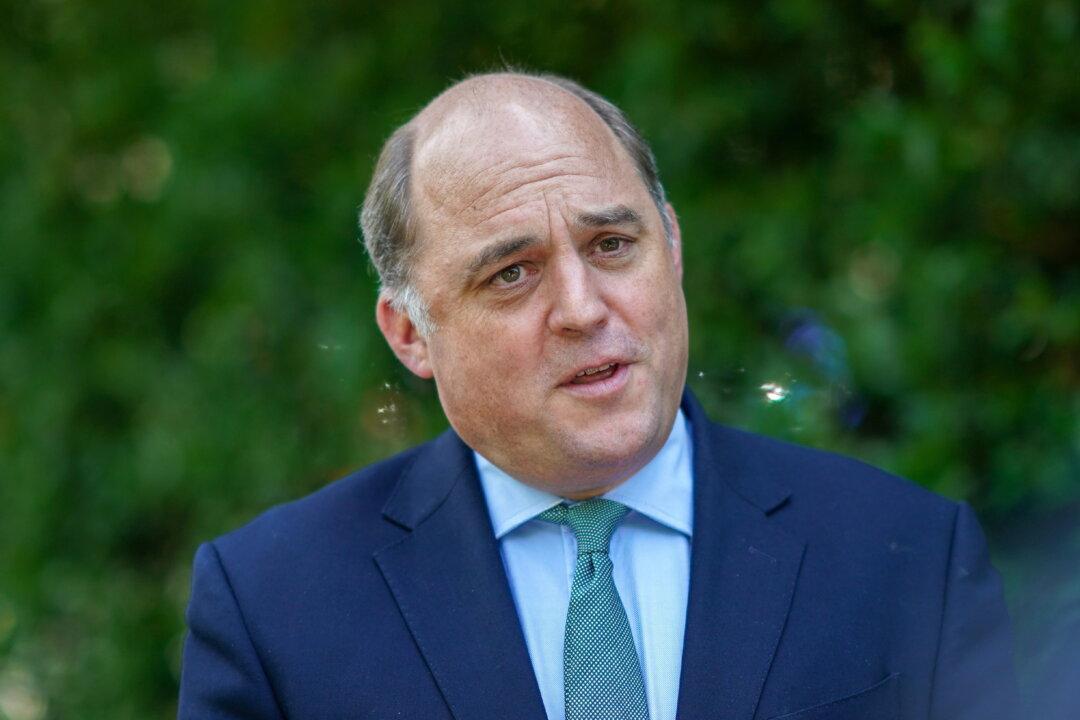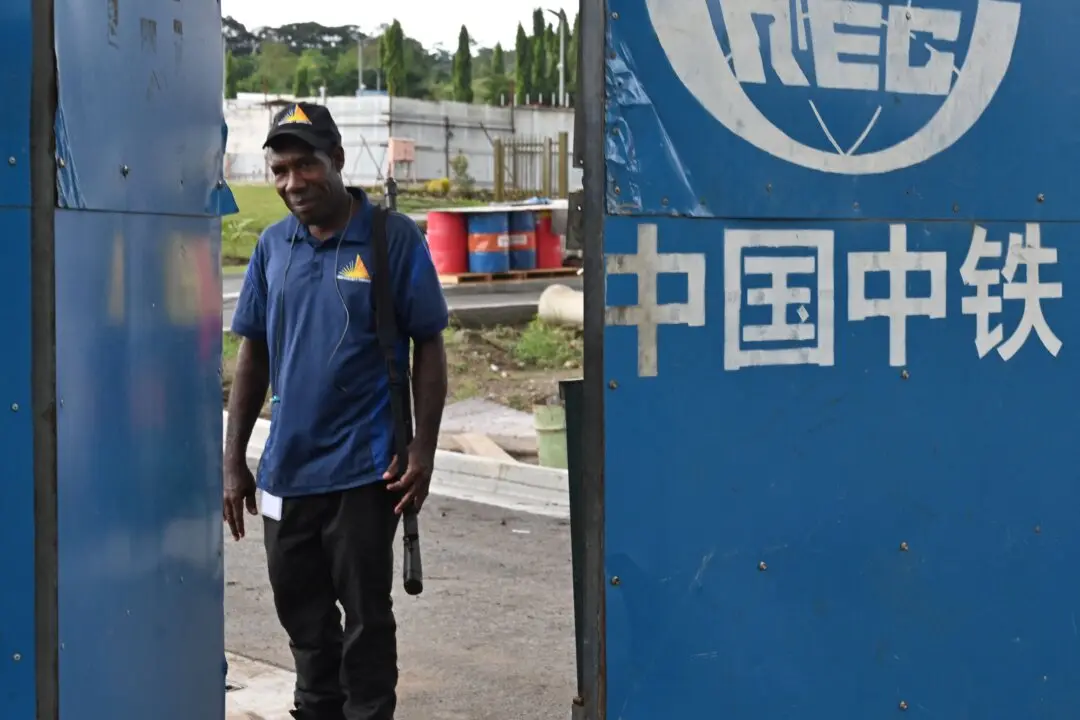Australia’s new submarines could potentially see the U.S. and UK work together to design and build a brand-new submarine class altogether.
The UK’s Defence Secretary Ben Wallace said the decision was ultimately up to the Australian government, noting it would also be “collaborative.”





